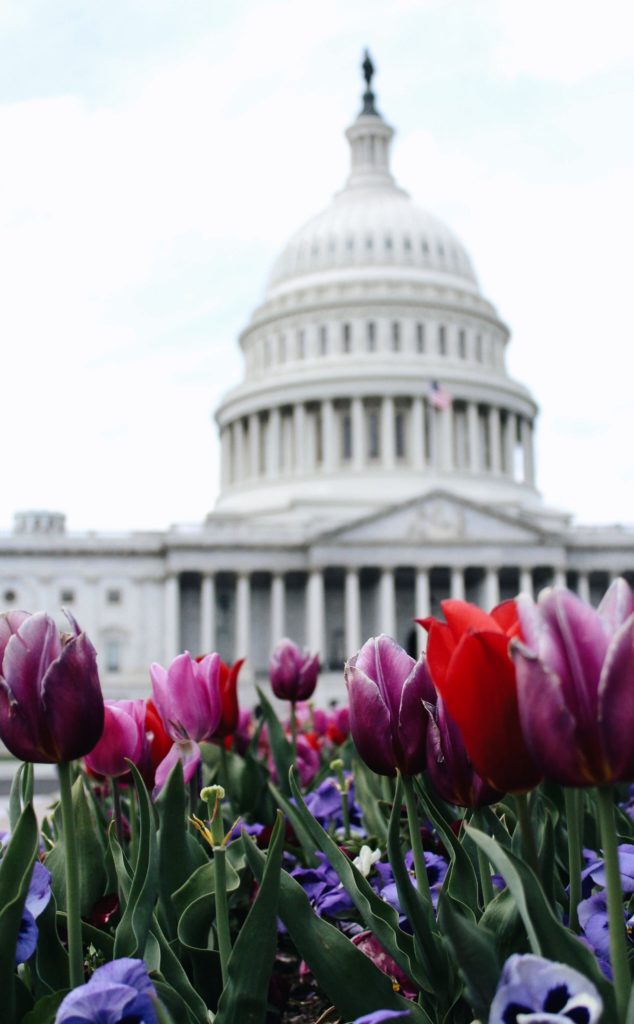Monday Roundup

Good news on the COVID-19 front —
Bloomberg’s headline story this evening is that
More Americans have received at least one dose of a Covid-19 vaccine than have tested positive for the virus, an early but hopeful milestone in the race to end the pandemic.
As of Monday afternoon, 26.5 million Americans had received one or both doses of the current vaccines, according to data gathered by the Bloomberg Vaccine Tracker. Since the first U.S. patient tested positive outside of Seattle a year ago, 26.2 million people in the country have tested positive for the disease, and 441,000 have died, according to data from Johns Hopkins University.
The U.S. has been administering shots at a faster daily rate than any country in the world, giving about 1.35 million doses a day, according to data gathered by Bloomberg. While the rollout stumbled in its early days, in the six weeks since the first shots went into arms almost 7.8% of Americans have gotten one or more doses, and 1.8% are fully vaccinated.
“It’s worth noting that today, for the first time, the data said that more people were vaccinated than were reported as newly diagnosed cases,” said Paula Cannon, a professor of microbiology at the University of Southern California’s Keck School of Medicine. “That’s worth celebrating. I’m all for that win.
A New York Times columnist earlier today explained
Right now, public discussion of the vaccines is full of warnings about their limitations: They’re not 100 percent effective. Even vaccinated people may be able to spread the virus. And people shouldn’t change their behavior once they get their shots.
These warnings have a basis in truth, just as it’s true that masks are imperfect. But the sum total of the warnings is misleading, as I heard from multiple doctors and epidemiologists last week.
“It’s driving me a little bit crazy,” Dr. Ashish Jha, dean of the Brown School of Public Health, told me.
“We’re underselling the vaccine,” Dr. Aaron Richterman, an infectious-disease specialist at the University of Pennsylvania, said.
“It’s going to save your life — that’s where the emphasis has to be right now,” Dr. Peter Hotez of the Baylor College of Medicine said.
The Moderna and Pfizer vaccines are “essentially 100 percent effective against serious disease,” Dr. Paul Offit, the director of the Vaccine Education Center at Children’s Hospital of Philadelphia, said. “It’s ridiculously encouraging.”
Let’s go.
On the COVID-19 testing front, the Wall Street Journal reports that
The Biden administration said it has reached a $230 million deal with Australian diagnostics company Ellume USA LLC to produce at-home, over-the-counter Covid-19 tests.
The Food and Drug Administration previously authorized the test. So far, the FDA has cleared three Covid-19 tests that can be processed entirely at home, but Ellume’s is the only one that doesn’t require a prescription. None are widely available at this point.
The company is expected to produce 19 million tests a month by the end of the year, Andy Slavitt, senior adviser to the White House Covid-19 response team, said Monday. Based on the agreement, 8.5 million tests will be guaranteed to the U.S. government.
Smart move.
In other news —
- Roll Call brings us up to date on the COVID-19 relief bill developments on Capitol Hill.
- Katie Keith helpfully updates us on Affordable Care Act litigation in the Health Affairs blog.
- Dispatch Health and Humana announced ” an [interesting] agreement to provide Humana members with access to an advanced level of care in the home – to help enhance patients’ experience and health outcomes. These services will be available in Denver, Colo., and Tacoma, Wash., with expansion to additional markets in Texas, Arizona and Nevada planned for later this year. The agreement will provide members living with multiple chronic conditions – such as cellulitis, kidney and urinary tract infections, chronic obstructive pulmonary disease, heart failure and many others – an opportunity to be treated safely at home and thereby avoid hospital visits. Last November, the U.S. Centers for Medicare & Medicaid Services announced a waiver program to allow qualified health care providers to offer acute, hospital-level care in the home. The Dispatch-Humana agreement is believed to be the country’s first program to provide hospital-level care involving a national payer.
In pharmacy C-suite news —
- Healthcare Dive reports that “Karen Lynch has officially stepped into the CEO role at CVS Health [on February 1, 2021]. Lynch previously served as president of the Aetna business, and was a key figure in directing CVS Health’s COVID-19 response.”
- AP reported last week that “Walgreens has tapped Starbucks executive Roz Brewer as its new CEO, which will make her the only Black woman leading a Fortune 500 company. Starbucks announced Tuesday January 26 that Brewer was departing after a little more than three years as its chief operating officer. Walgreens later confirmed that Brewer will take over as its CEO on March 15.
Good luck.






